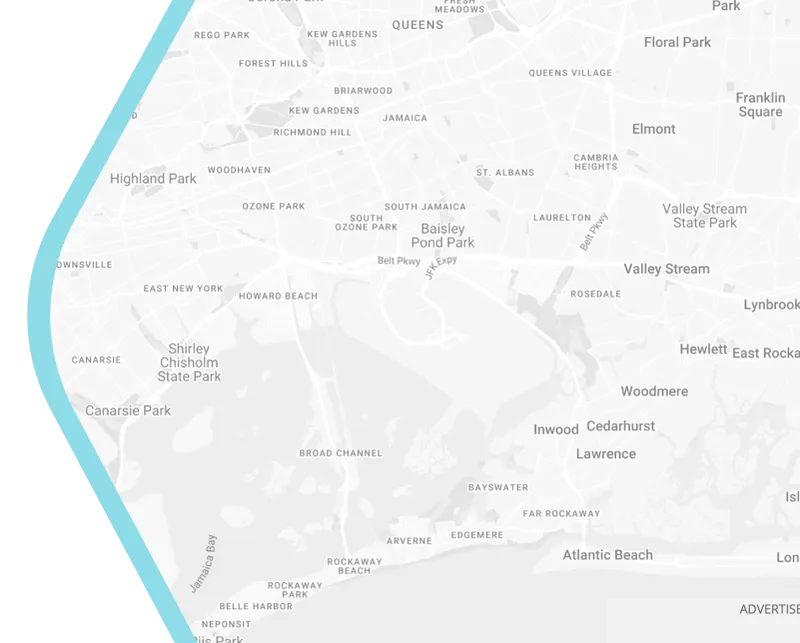
Smart City Solutions: Implementing Scalable Technologies for Sustainable Urban Development
Smart City Solutions: Implementing Scalable Technologies for Sustainable Urban Development
Meta Description
"Explore cutting-edge smart city solutions for sustainable urban development. Discover IoT, AI, and scalable case studies to empower city planners in 2024."
Introduction: The Urgency of Smart City Solutions
By 2050, 70% of the world’s population will call cities home. But as urban centers swell, so do their challenges: crumbling infrastructure, traffic gridlock, and rising carbon footprints. How can cities grow sustainably without sacrificing livability? The answer lies in smart city solutions—technologies designed to turn urban spaces into efficient, equitable, and future-ready ecosystems.
What Are Smart City Solutions? Defining the Framework
Smart city solutions aren’t just flashy gadgets or fleeting tech trends. They’re systematic, scalable tools that solve real urban problems—from traffic congestion to energy waste. To succeed, these solutions must meet three criteria:
- Scalability: Can a pilot project expand city-wide without breaking budgets?
- Interoperability: Do new technologies work with legacy systems?
- Citizen Impact: Do they improve lives for all residents, not just a privileged few?
Case Study: Barcelona’s IoT-Powered Urban Efficiency
By integrating IoT sensors into waste bins and traffic lights, Barcelona reduced garbage collection costs by 30% and cut commute times by 20%. This isn’t just innovation—it’s sustainable urban development in action.
Key Technologies Powering Modern Smart Cities
From IoT to AI: Tools Reshaping Urban Development
IoT for City Planning
Imagine a city where streetlights dim when roads are empty, and water pipes alert crews to leaks before they burst. This isn’t science fiction—it’s the power of IoT (Internet of Things).
Case Study: Singapore’s Smart Water Grid
Sensors monitor reservoir levels and pipe integrity in real time, slashing water waste by 25%.
Key Application: Air quality sensors guiding green infrastructure investments.
AI-Driven Analytics
Artificial Intelligence isn’t just for tech giants. Cities like Helsinki use AI to predict public transit demand, optimizing bus routes and reducing idle time by 15%.
Digital Twins: Virtual Cities, Real Solutions
Rotterdam, Netherlands, uses digital twin technology to simulate flood risks. By modeling storm scenarios, planners fortified dykes and drainage systems, preventing €200M in potential damage annually.
Scaling Pilot Projects for Long-Term Impact
From Testbeds to City-Wide Adoption: Overcoming Barriers (H2 with keyword: “scalable smart city projects”)
Scaling pilot projects is where many cities stumble. A 2023 study found that 40% of smart city trials fail to expand due to funding gaps or poor stakeholder alignment. Here’s how successful cities bridge the gap:
Phased Rollouts
Seoul, South Korea, started with 500 smart streetlights in 2020. By 2024, 85% of the city uses adaptive lighting, cutting energy costs by €8M/year.
Public-Private Partnerships (PPPs)
Toronto’s Quayside project (with Google Sidewalk Labs) tested modular pavement with embedded sensors. Though controversial, it proved PPPs can fund scalable smart city projects without taxpayer strain.
Smart City Case Studies: Global Lessons in Sustainable Urban Innovation
Copenhagen, Denmark: Carbon-Neutral Districts
Copenhagen’s Nordhavn district uses smart grids to integrate wind and solar energy. Result? An 80% reduction in carbon emissions since 2015—proof that sustainable urban development technologies work at scale.
Dubai, UAE: AI-Optimized Waste Management
Dubai’s AI-powered waste trucks analyze fill-level data from smart bins, optimizing collection routes. The result? A 30% drop in operational costs and 12,000 fewer tons of CO2 emissions yearly.
Curitiba, Brazil: IoT-Powered Public Transit
Curitiba embedded IoT sensors in buses to track passenger density. By rerouting vehicles in real time, traffic congestion fell by 35%—a win for commuters and emissions alike.
Challenges and Future Trends in Smart Cities
Navigating Roadblocks in the Smart City Journey
Even the brightest smart city solutions face hurdles:
- Data Privacy: GDPR compliance is non-negotiable. Barcelona anonymizes citizen data collected from sensors to balance innovation with rights.
- Funding: The upfront cost of IoT networks deters many cities. Solutions like green bonds (used by Amsterdam) or EU grants can help.
The Future: Green Tech and Equity
Emerging trends for 2025–2030:
- Hydrogen-Powered Public Transport: Pilot programs in Oslo aim to replace diesel buses with zero-emission hydrogen fleets.
- Equity Audits: Cities like Portland now require smart city solutions to pass equity impact assessments before deployment.
Conclusion: A Roadmap for Planners
The path to smarter cities isn’t about chasing every new gadget—it’s about choosing scalable smart city projects that align with long-term sustainability and equity goals. From IoT networks to digital twins, the tools exist. Now, it’s time to implement them strategically.
